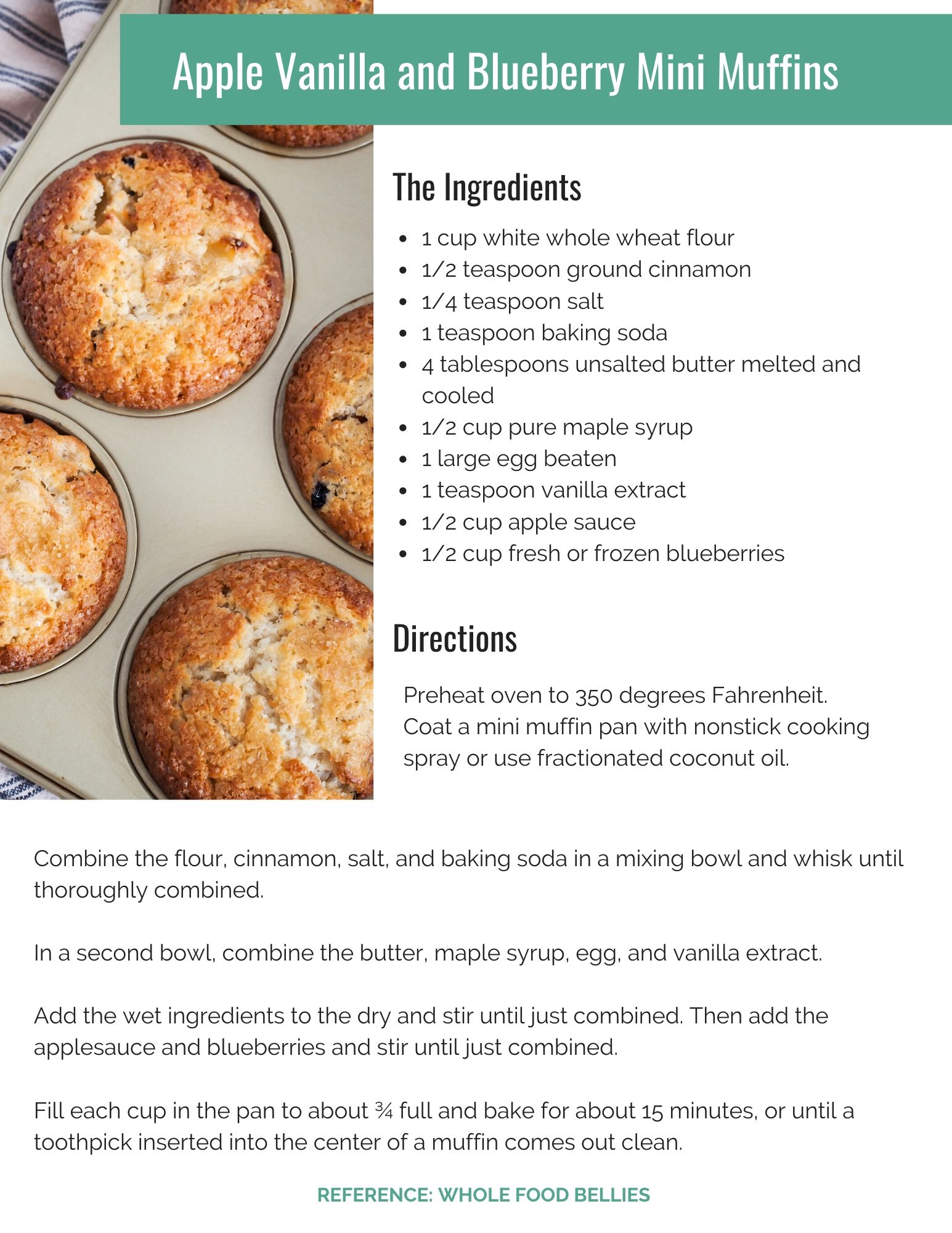Safely Freezing Food

Open any food blog or cooking magazine, and you’ll discover that meal prep is all the rage these days.
Meal planning and prepping can make a big difference in cooking healthy and planning out meals for the week ahead. Not only does meal planning create less waste and less time in the kitchen, but it also gives you the chance to eat smarter and plan out meals that are good for you.
As the coronavirus spread this spring, many families spent more time cooking at home and doubling down on efforts to create freezable meals that can last. Along with washing your hands for a full 20 seconds and cleaning surfaces with antibiotic cleaners after each use, the Centers for Disease Control also suggests keeping your pantry stocked.
Keeping a few meals ready to go in the freezer is always a good idea, too.
As simple as it sounds, freezing food can be a little tricky if you aren’t familiar with it. Proper labeling and storage tips are important, but so is having the right kind of storage container that freezes well. Also, some foods freeze better than others, so keep reading for tips on how to prepare meals in bulk, how to freeze them appropriately and how to make your foods last longer.
Meal prep and freezing
Most families want a little variety in their meal plan, so change things up by re-purposing dinner leftovers as lunch the next day or freezing them for the following week. Meal prep can be as easy as baking several pounds of chicken breast for use in a variety of recipes or as intricate as you want with numerous recipes to try.
Most preppers choose a day like Saturday or Sunday to chop, prepare and gather all the ingredients for suppers for the coming week. One-pot dinners are the easiest to prep since you can cut and mix all the ingredients into one storage container until you are ready to cook it.
Making a large pot of stew or soup that can last several days is also a popular option. You can even keep half of the stew out and freeze the rest for the following week or for a quick reheated dinner option.
Once you have your recipes picked out, make a grocery list of everything you need. After you have the ingredients, start chopping and cooking the recipes (or prepping meals you intend to cook later) and keep them in airtight refrigerator storage containers. Be sure to label each container with the ingredients and the date when the food was prepped.
If you do decide to freeze cooked meals, it’s important to do it correctly so you don’t risk freezer burn or contamination.
Proper freezing techniques
- If you're making extra food for future meals, separate and refrigerate the portion to be served later before you serve the meal you just cooked. This keeps food safe by reducing the urge to “pick at” food that’s already been cooked.
- Make sure your freezer is set at 0 °F or lower. For perishable foods like meat, dairy, eggs, cooked vegetables or fresh fruits and vegetables, make sure they are refrigerated immediately. Bacteria can spread like wildfire in just a few hours at room temperature, so either eat your perishables within four days or freeze them immediately.
- If freezing meals, freeze the food in portion sizes needed for future dinners. If you have four family members and each eats a cup of prepared salsa chicken, then freeze the prepared meat in four 1-cup portions. This helps reduce waste or the worse problem of not having enough food.
- Use "freezer" bags, not "storage" bags for storing food in the freezer. Freezer bags are thicker, so your food stays fresh longer. Try to flatten the freezer bags out after filling them so they will stack better in the freezer and thaw faster.
- Avoid mystery meals by properly labeling each freezer bag with the contents and the date that the meal was frozen. You can use freezer tape, freezer labels or permanent markers to note the ingredients, the serving size and the date of the meal.
- When thawing, it’s best to thaw the frozen meals in the refrigerator and not at room temperature. Plan ahead for slow, safe thawing in the refrigerator — frozen bags weighing up to 5 pounds should be allowed to thaw for about 24 hours.
- If you thaw your food in the microwave, finish heating it up immediately to reduce the risk of bacteria growth.
Meals that freeze well
Some foods freeze and keep better than others. For instance, liquefied eggs or egg substitutes should not be frozen at all, and items like yogurt and root vegetables can become unappealing when frozen. Some meals, however, are great for freezing. Soups, burger patties, broth and sauces, beans, lentils and muffins can all be kept in the freezer for easy meals later.
Here are a few recipes to try for your next meal prep and freezing adventure!
Chicken Fajitas
(download the pdf here)
Award-Winning Broccoli Chicken Casserole
(download the pdf here)
Freezer Friendly Apply Vanilla and Blueberry Mini Muffins
(download the pdf here)






